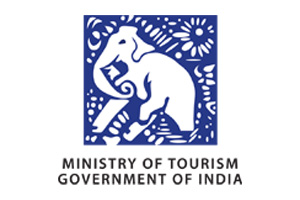Satpura National Park
Madhya Pradesh
14 endangered mammalian, reptile, and avian species live in Satpura Tiger Reserve. Flying Squirrels, Indian Giant Squirrels, and Leaf-nosed bats live in STR. There are also Eurasian and Smooth-coated Otters. Cycling, kayaking, and trekking are allowed in this M.P. park.
About Satpura National Park
Satpura Tiger Reserve (STR), also called Satpura National Park, is in India’s Madhya Pradesh. It is in the Hoshangabad District, which is now called Narmadapuram. The Satpura range is where it gets its name. It takes up 524 km2 of land (202 sq mi). Together, Satpura National Park and the nearby wildlife sanctuaries of Bori and Pachmarhi make up 2,200 km2 (850 sq mi) of a unique ecosystem in the Indian highlands. In 1981, it was set up. The national park has a very rough landscape with sandstone peaks, narrow gorges, ravines, and dense forests. The height varies from 300 metres to 1,352 metres (984 to 4,436 ft). It has the 4,430-foot-high Dhoopgarh peak and the almost flat plains of Churna.
The closest town to the national park is Pachmarhi, and the closest train station is Pipariya, which is 55 kilometres (34 miles) away. It is 210 kilometres (130 miles) to Bhopal, the state capital.
Satpura National Park has a lot of different kinds of life. Leopards, sambars, chitals, Indian muntjacs, nilgais, four-horned antelopes, Chinkaras, wild boars, bears, black bucks, foxes, porcupines, flying squirrels, mouse deer, and Indian giant squirrels are some of the animals that live here. Birds come in many shapes and sizes. Birds like hornbills and peafowl are often seen here. The main types of plants are sal, teak, tendu, Phyllanthus emblica, mahua, bel, bamboo, grasses, and plants used for medicine. Tigers, dholes, Indian gaurs, and barasinghas have been seen in the past, but this doesn’t happen often.
What To Know About Satpura
Best Time to Visit:
- March – May
- November – February
Reaching Satpura:
- Flight: New Delhi – Bhopal
- Railway: New Delhi – Bhopal OR New Delhi – Itarsi
Wildlife in Satpura National Park
Because it is a part of a distinct eco-system, Satpura National Park is home to a remarkably diverse array of plant and animal life. Spotted dear, Indian bison (Gaur), Tigers, Leopards, Wild boar, Wild dog (locally called Dholes), Sloth bear, Black buck (unique attraction), Porcupine, Sambhar, four Horned antelopes (Chowsingha), Smooth otter, Pangolin, Marsh crocodile, Languars, etc. are some of the animals that can be found among its fauna. The endangered Indian Giant Squirrel can only be found in Satpura National Park due to the park’s remote location in India. When compared to other national parks in Central India, the likelihood of seeing leopards, gaurs, wild dogs, and sloth bears is high in this area. The bird-watching opportunities in Satpura National Park are second to none. During our time here and on our safaris, we had the opportunity to witness a wide variety of birds. When compared to the surrounding national parks of Bandhavgarh, Kanha, and Pench, the likelihood of seeing a tiger in this park is lower than in those other parks. Therefore, when we go on a jungle safari in a national park, we shouldn’t go with the single mindset of tiger-sighting. Instead, we should enjoy sighting all members of the national park, as they equally share the jungle with tigers and are extremely beautiful creatures of nature. This is required, as it is required that we don’t go with a single mindset of tiger-sighting.
Mammals
Out of the more than 50 different species of mammals that can be found in this area, approximately 14 of them are located alone in Satpura National Park.
The Central Indian Giant Squirrel, which can only be seen in Satpura, is the most popular tourist attraction there.
Some of the creatures that can be observed in Satpura National Park include the Black Buck, Indian Wild Dogs (also known as Dholes), Gaur (also known as Indian Bison), Sloth Bear, Indian Wild Boar, Spotted Deer (also known as Cheetal), and Barking Deer.
Birds
The region of Satpura is home to a breathtaking variety of avian species.
In particular, during the winter months, the Denwa river serves as a magnet for a great number of migratory species. Peafowls, Grey Jungle Fowls, and Green Pigeons, in addition to peacocks, are drawn to the adjacent agricultural fields since cultivation takes place there. Peacocks are also frequently observed in these fields. The river bed and the lands adjacent to it are home to Grey Patridges, Quails, Snipes, and a variety of other migratory and water birds. These species can also be found in open spaces and bodies of water.
The sand stone cliffs that can be found at higher elevations on the Pachmarhi plateau provide a habitat for a wide variety of birds. Nesting places for Long-Billed Vultures (Gyps Indicus) and White-Rumped Vultures can be found around the edges of the sheer cliffs ( Gyps Bengalensis ).
Colonies of bats, including the Fruit Bat, Flying Fox Bat, and Short Nose Fruit Bat, have made their homes in the cracks and crevices of these rocks.
Reptiles
The regions of Satpura and Pachmarhi are home to a diverse collection of reptile life thanks to their extensive variety of environments. There were recorded sightings of 34 different species of reptiles in the Satpura and Pachmarhi region.
The nonvenomous Uropeltis Ocellata, most generally known as the Sheild Tail snake and most often seen in southern India, has also been documented in Satpura National Park. In Satpura National Park and Pachmarhi Biosphere, researchers have identified 31 different species of snakes belonging to 6 different families.
Crocodiles have been observed in other rivers than the Denwa, including the Sonbhadra, which is located at a higher elevation.
The majority of the elements that are harmful to populations of reptiles originate from habitat loss, the most significant cause of which is the conversion of natural ecosystems for the sake of agriculture and urbanisation. Crocodiles and turtles are both hunted for their meat and, in the case of crocodiles, their hides as well. The presence of vehicles poses a danger to a great number of species of summates. However, because to people’s fears and beliefs, a significant number of reptiles, particularly snakes, are put to death. Decreasing reptilian populations call for increased conservation efforts, with a particularly urgent need to raise awareness among local human populations about the significance of maintaining viable ecosystems in which reptiles play major roles. This awareness is particularly important because declining reptilian populations have a negative impact on ecosystems.

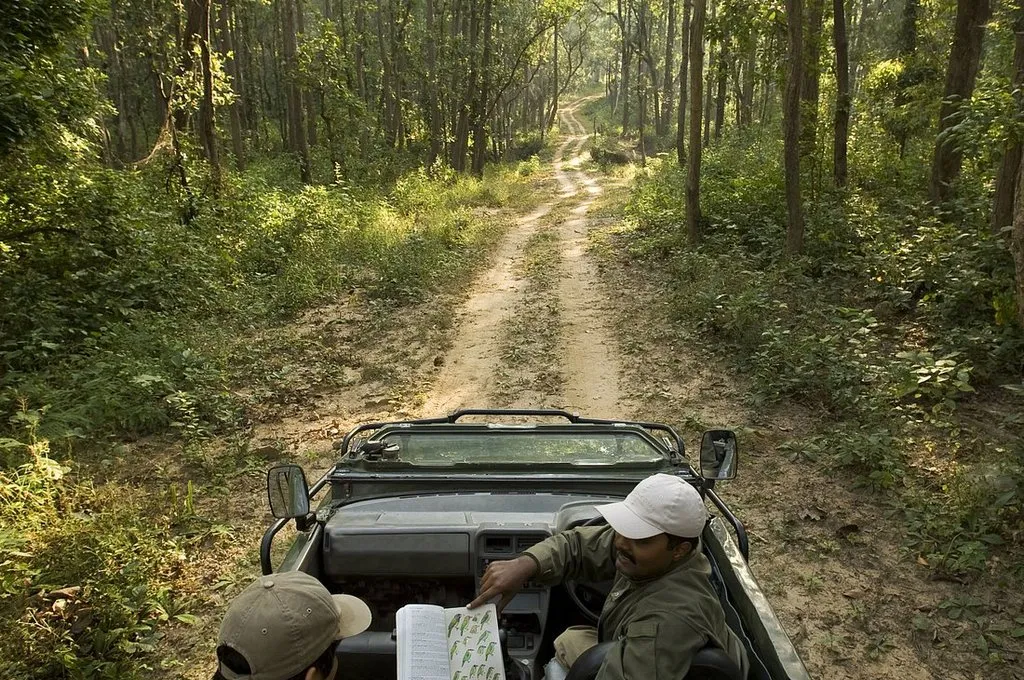
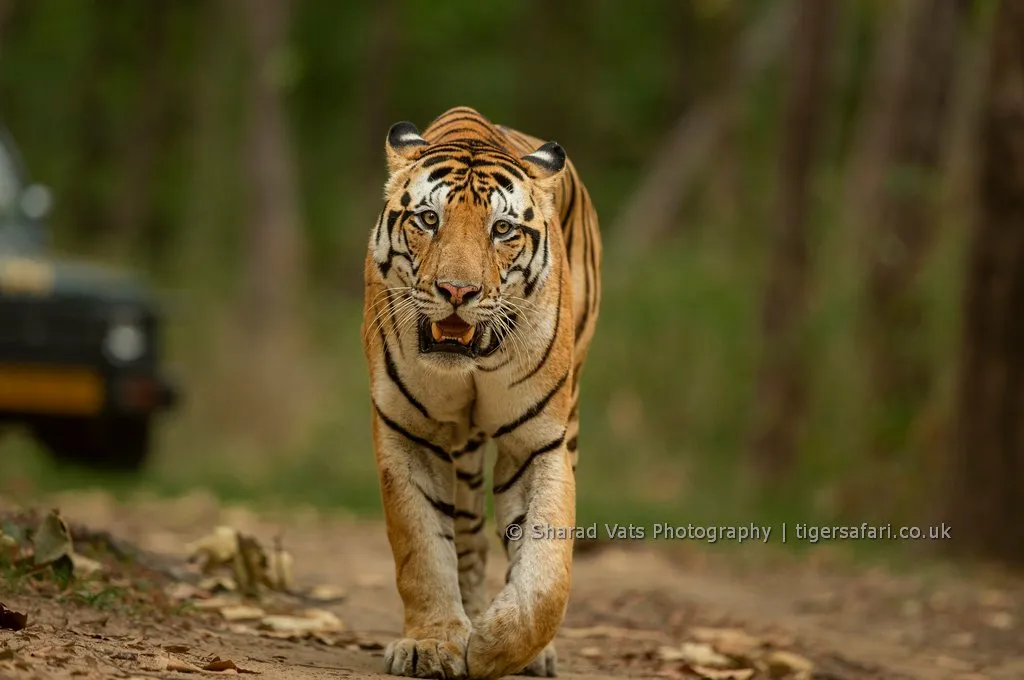
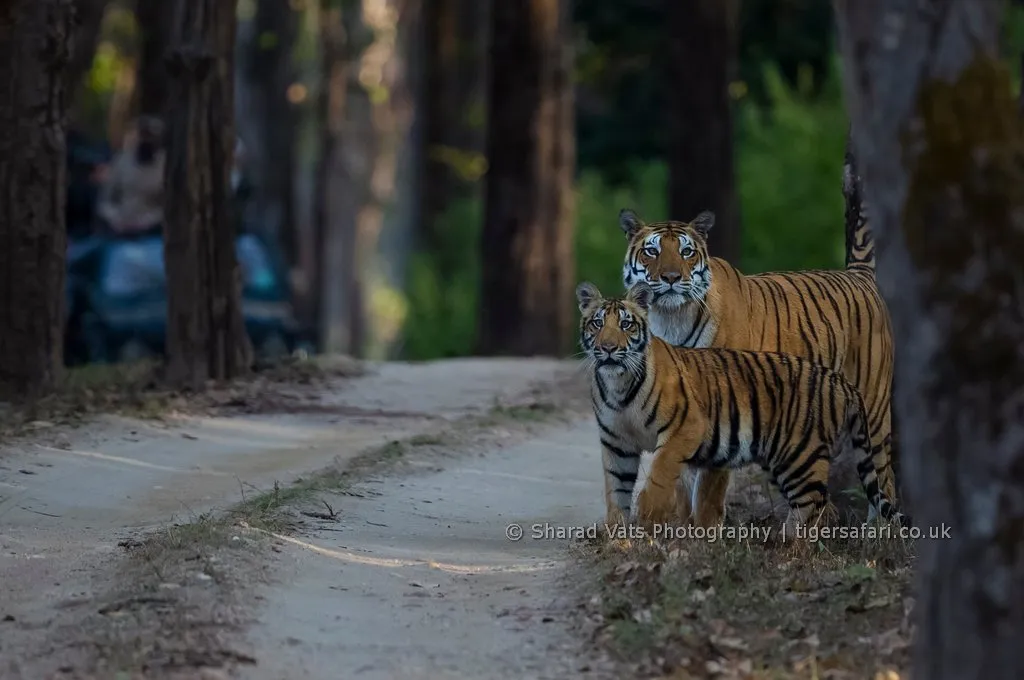
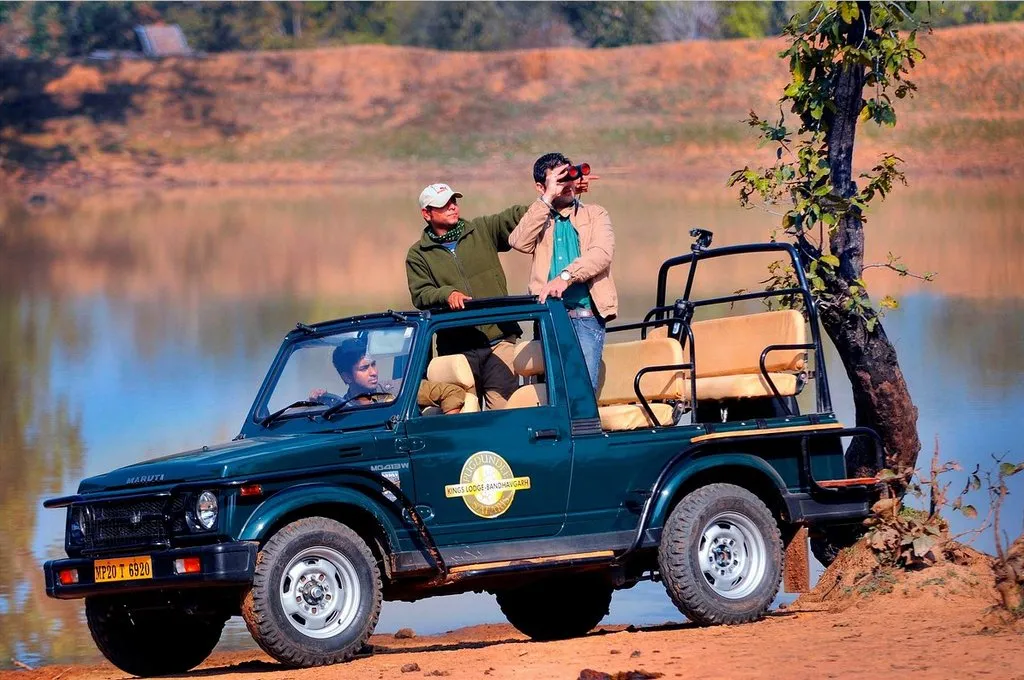
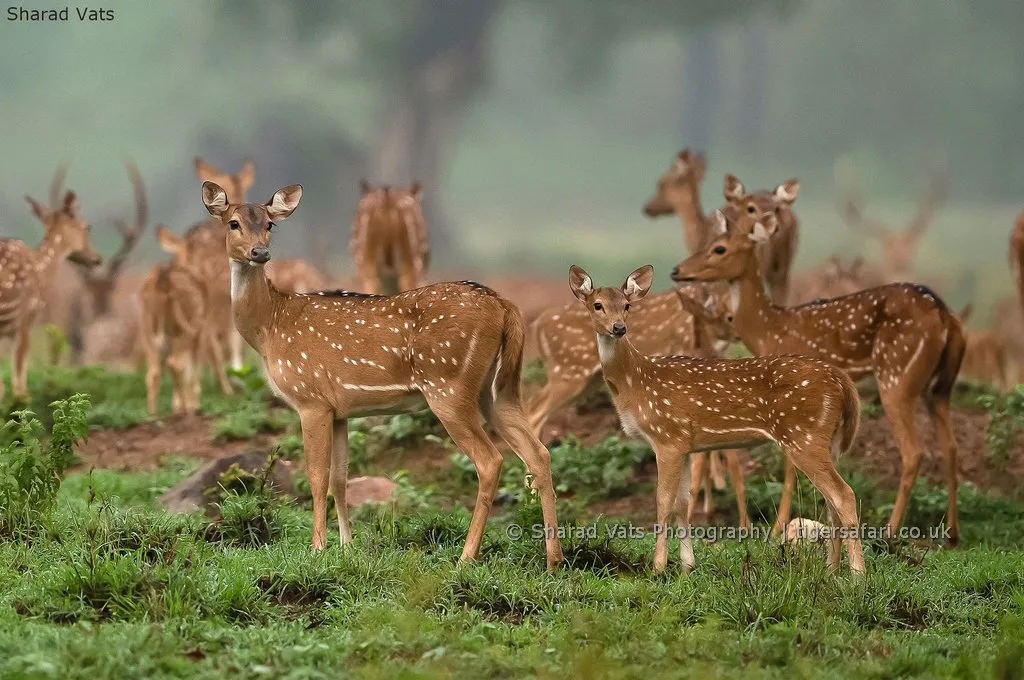
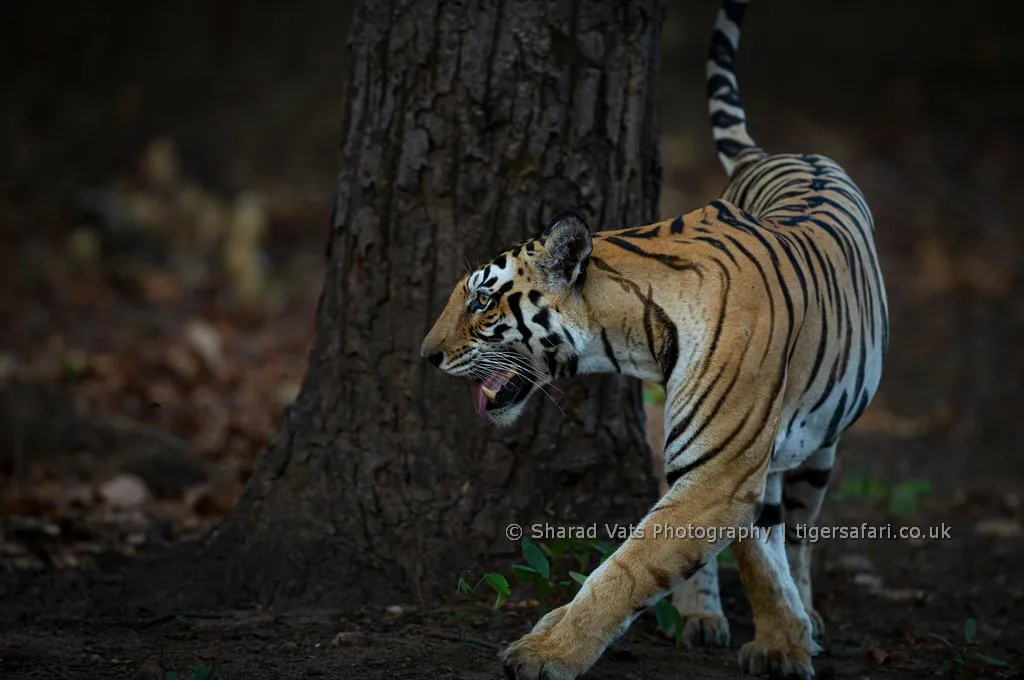
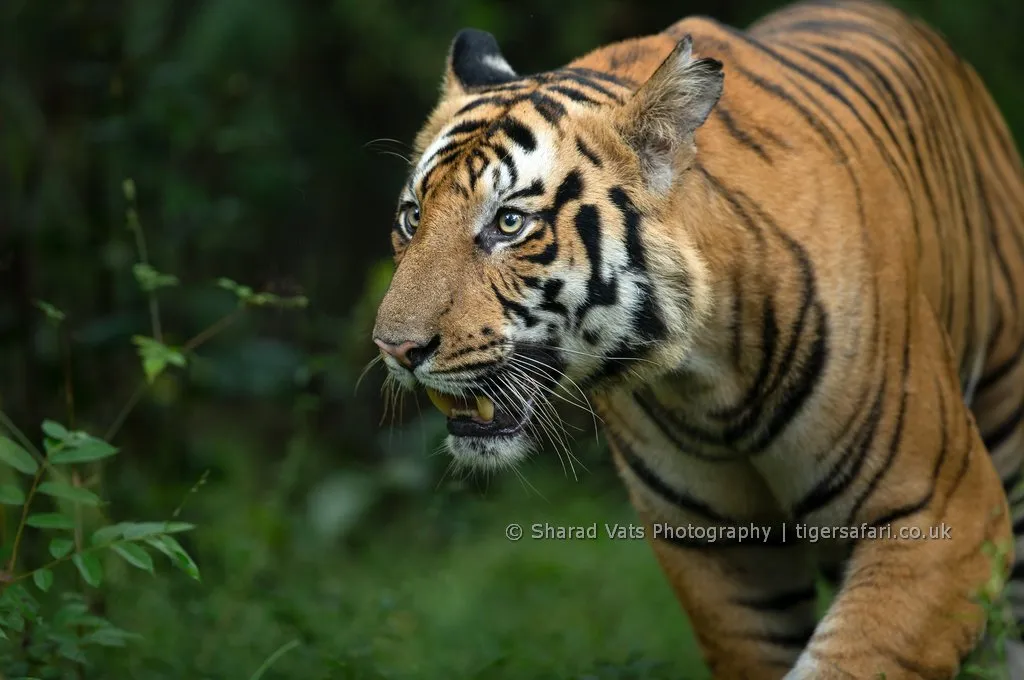
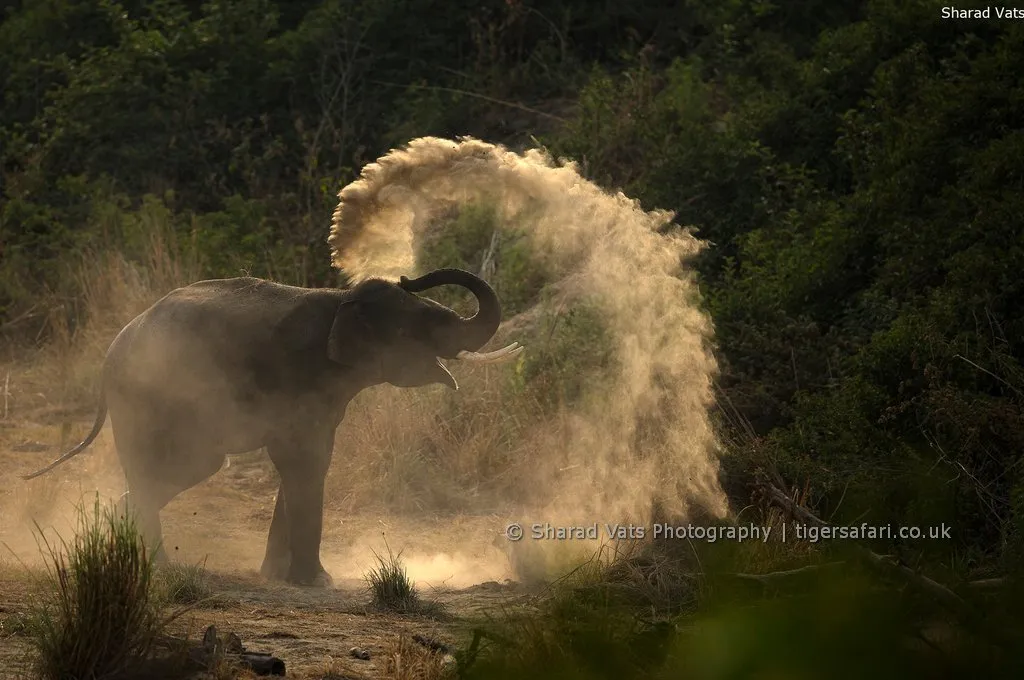
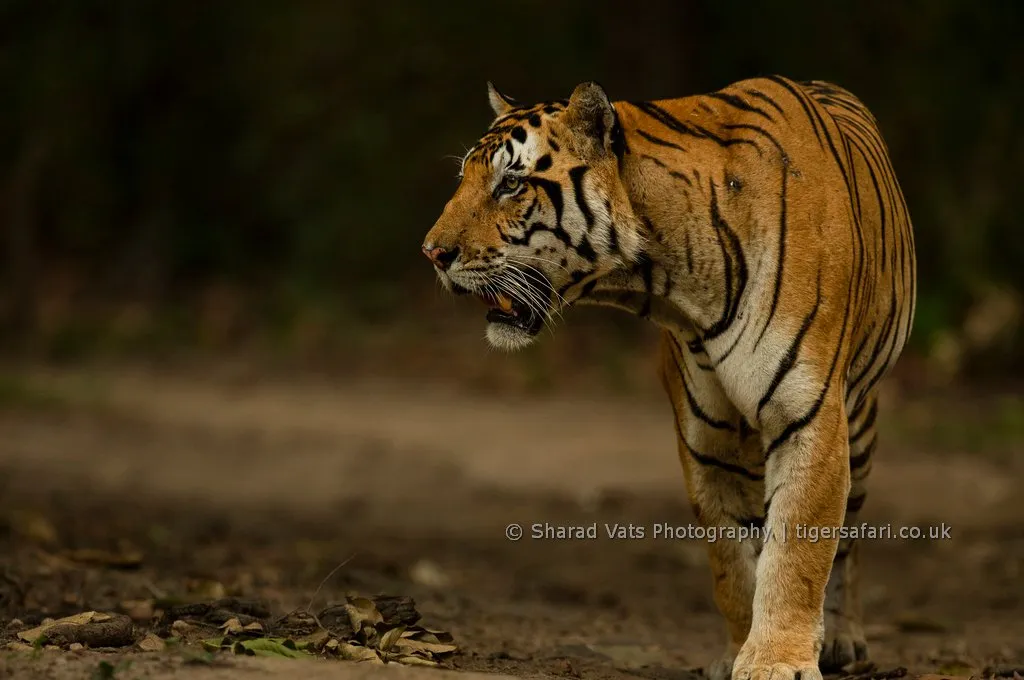
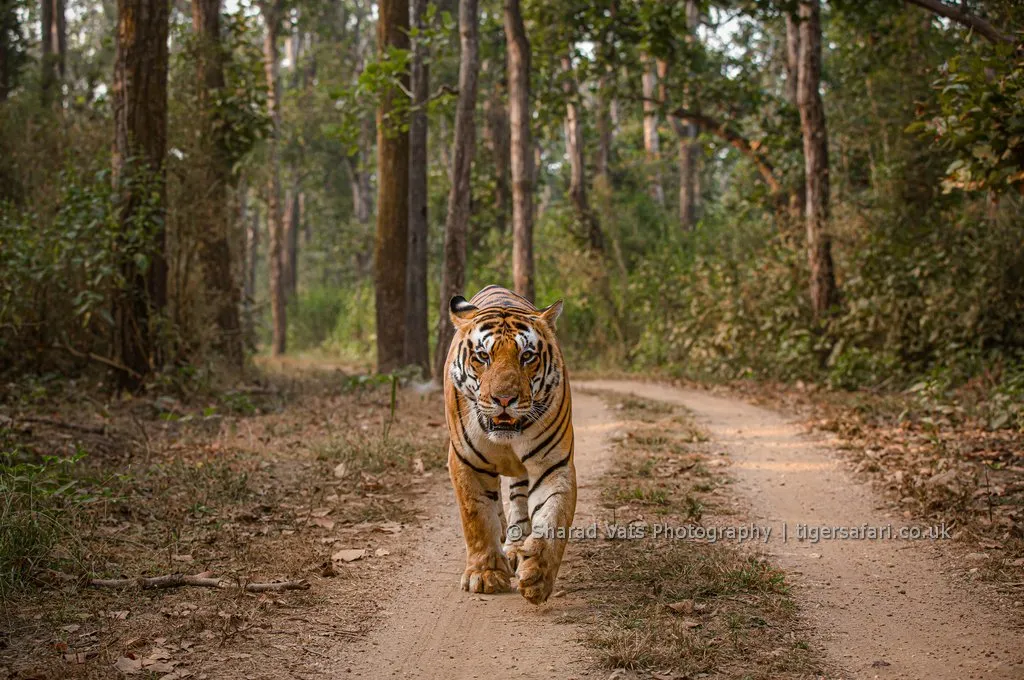
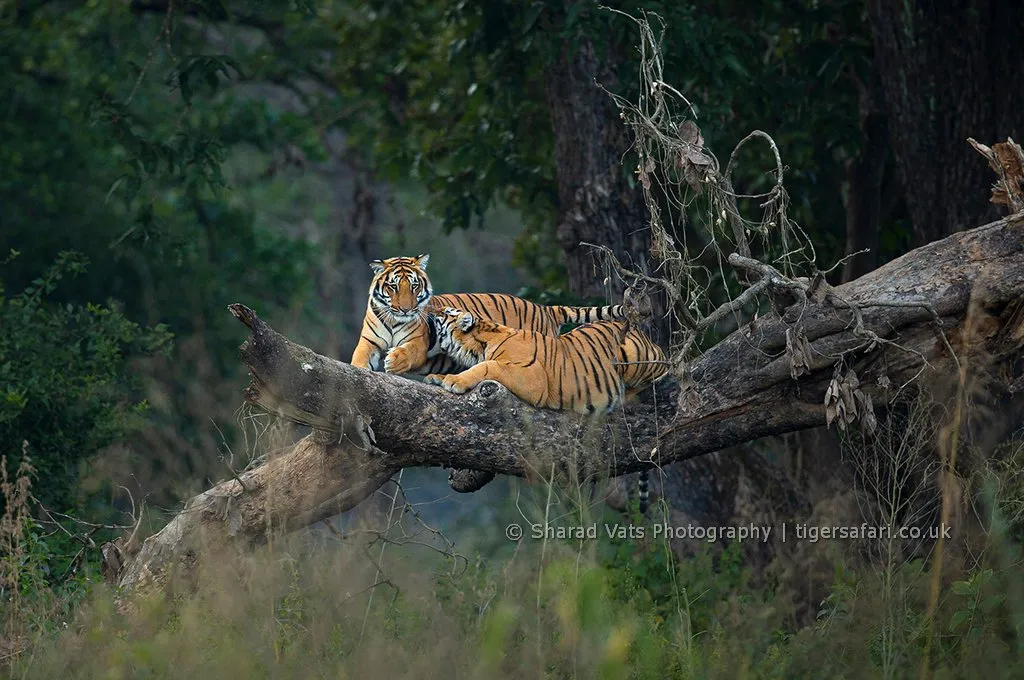
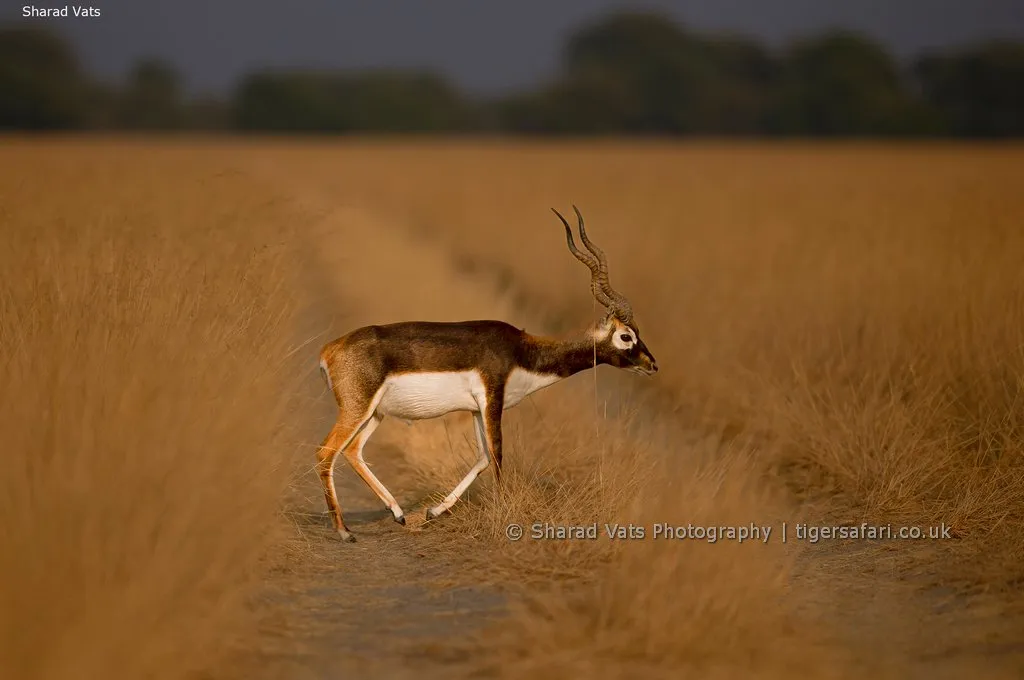
What you will experience on this tour.
Nature Safari India, which has more than 30 years of experience in the wildlife safari industry and is an expert in tiger safari India tours, ensures that you will have an authentic and fulfilling safari experience on your next trip to India. Our tiger safari tours highlight the best of Indian wildlife along with hints of culture and Indian heritage.
These tours take place in some of the best national parks in the country for wildlife, such as Ranthambore National Park, Corbett National Park, or even Bandhavgarh National Park, and cover a variety of species and landscapes. Take a look at some of the top-rated tiger safari India excursions that we offer here.
Tour Inclusions
- Bed and breakfast accommodations are available in New Delhi and Agra.
- Accommodations include all meals and a safari in Pench, Kanha, and Bandhavgarh.
- Your Pench, Kanha, and Bandhavgarh admission and guide fees.
- Your entry fee and any tour guide fees for visiting monuments.
- There will be 6 exclusive jeep safaris offered in Pench.
- In Kanha, 5 exclusive jeep safaris will be offered.
- In Bandhavgarh, there will be 7 exclusive jeep safaris available.
- Assistance at the hotels and the airport.
- Every land transfer is done in a cool Toyota Innova or Crysta.
- Any taxes that are now applied.
Tour Exclusions
- Both domestic and international plane travel.
- Personal expenses like tips, cigarettes, alcohol, laundry, and phone calls.
- In national parks and monuments, there is a still and video camera fee.
- Travel Insurance
- Everything that isn't listed among the inclusions.
Enquire this tour
Other Wildlife Safari Tours in India to choose from
The Himalayas have given the Indian Subcontinent a beautiful array of diversity through many lives. A tiger safari and birding trips through Corbett National Park, Nainital, and Pangot will enthral any birder.
The name conveys all that is wild, enigmatic, and elusive in nature since this animal is veiled in the high drama of the harsh and spectacular environment it occupies.







